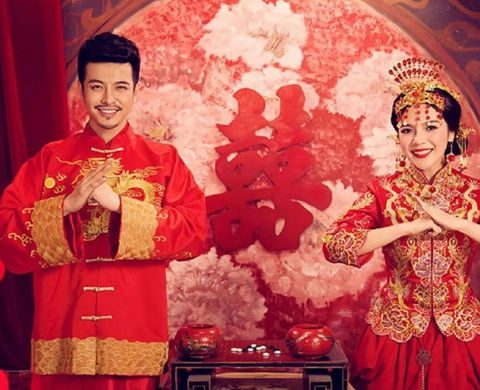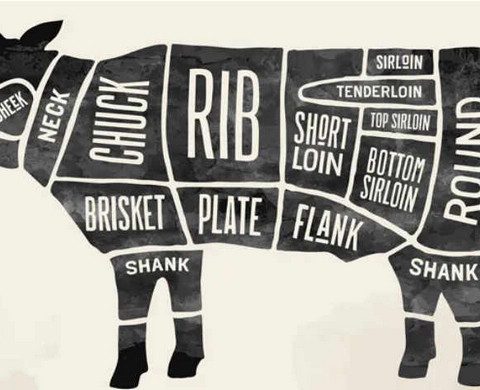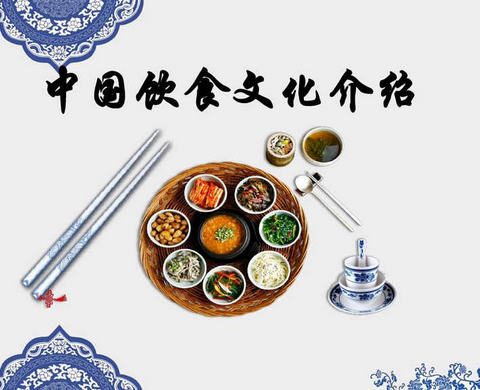Zhuge Liang, the renowned Chinese military strategist, is credited with inventing baozi (steamed stuffed buns) during the Three Kingdoms period in the third century. Here’s a concise summary of the legend and the evolution of this dish:
-
Historical Legend:
- Zhuge Liang, during a military campaign, faced an obstacle when his troops needed to cross a river. Local tradition required human sacrifices to appease the river deity .
- To avoid sacrificing his men, Zhuge Liang created buns made of wheat flour and filled with meat, shaped them like human heads, and used these as offerings instead. These buns were initially called “mantou,” meaning “barbarian’s head.”
-
Evolution and Distinction:
- Over time, the term “mantou” came to refer specifically to unfilled steamed buns.
- The filled versions became known as “baozi” or simply “bao,” meaning “to wrap” .
-
Modern Usage:
- Baozi has become a versatile dish found in many variations, including savory and sweet fillings .
- The popularity of baozi has extended beyond China, with numerous restaurants and street food vendors offering different types of bao .
This invention attributed to Zhuge Liang highlights his ingenuity not only in military strategy but also in culinary innovation.







